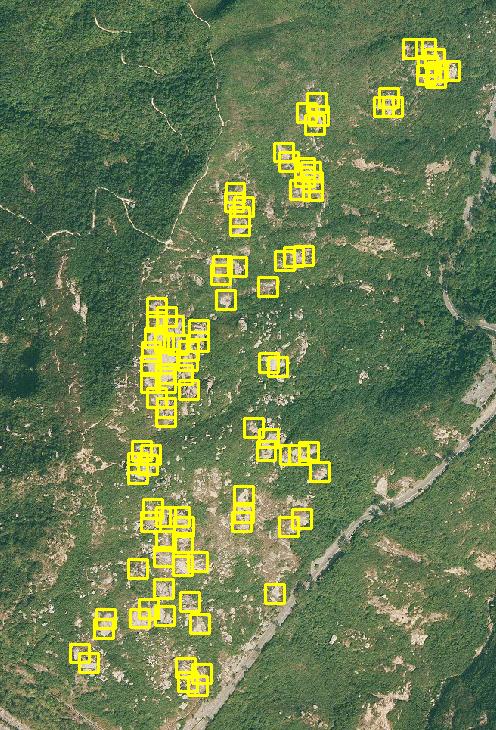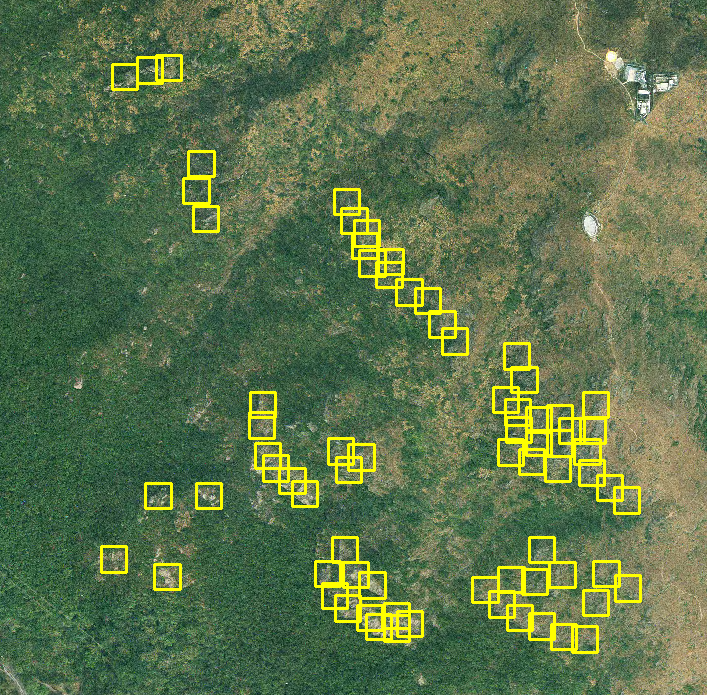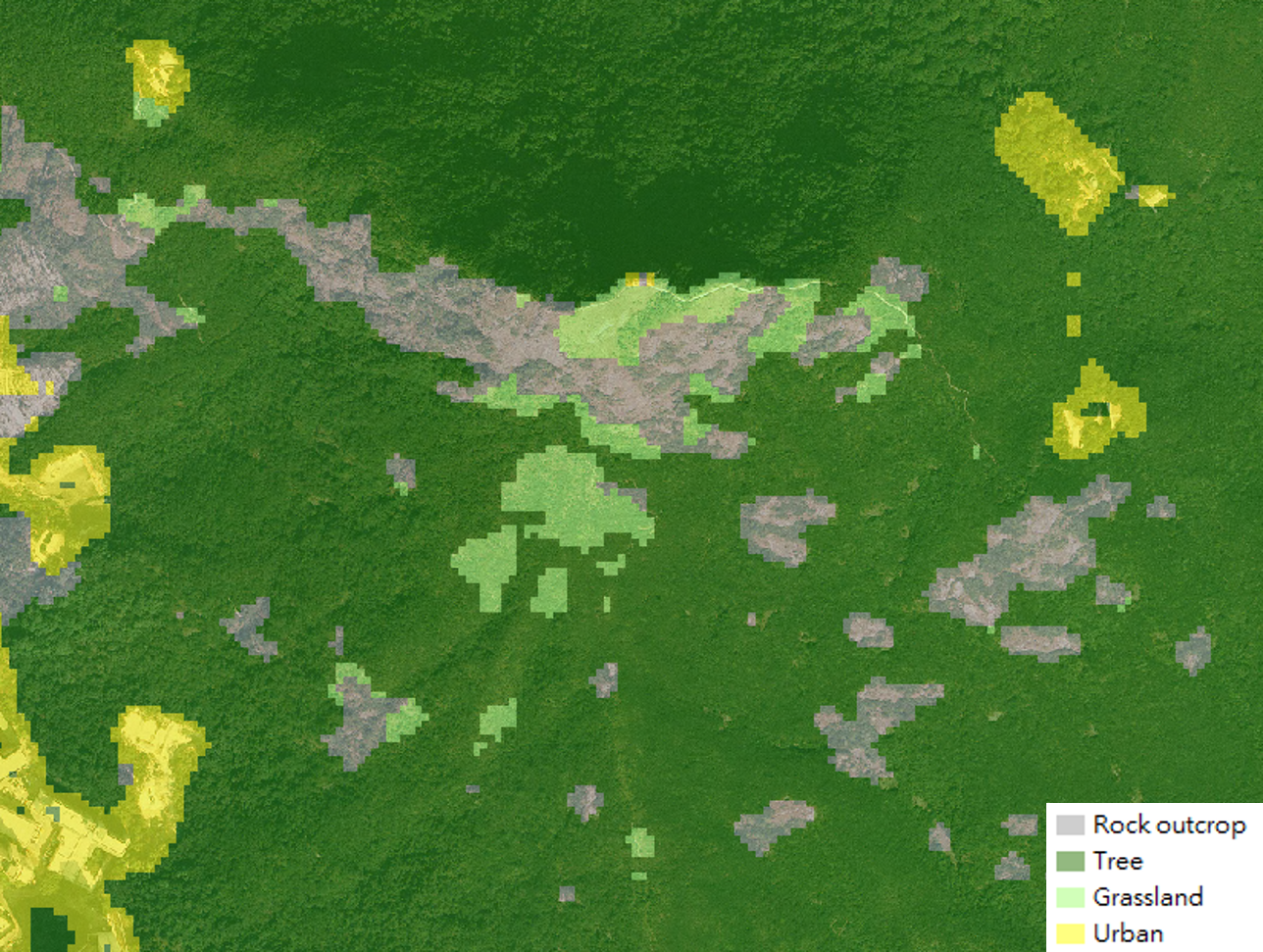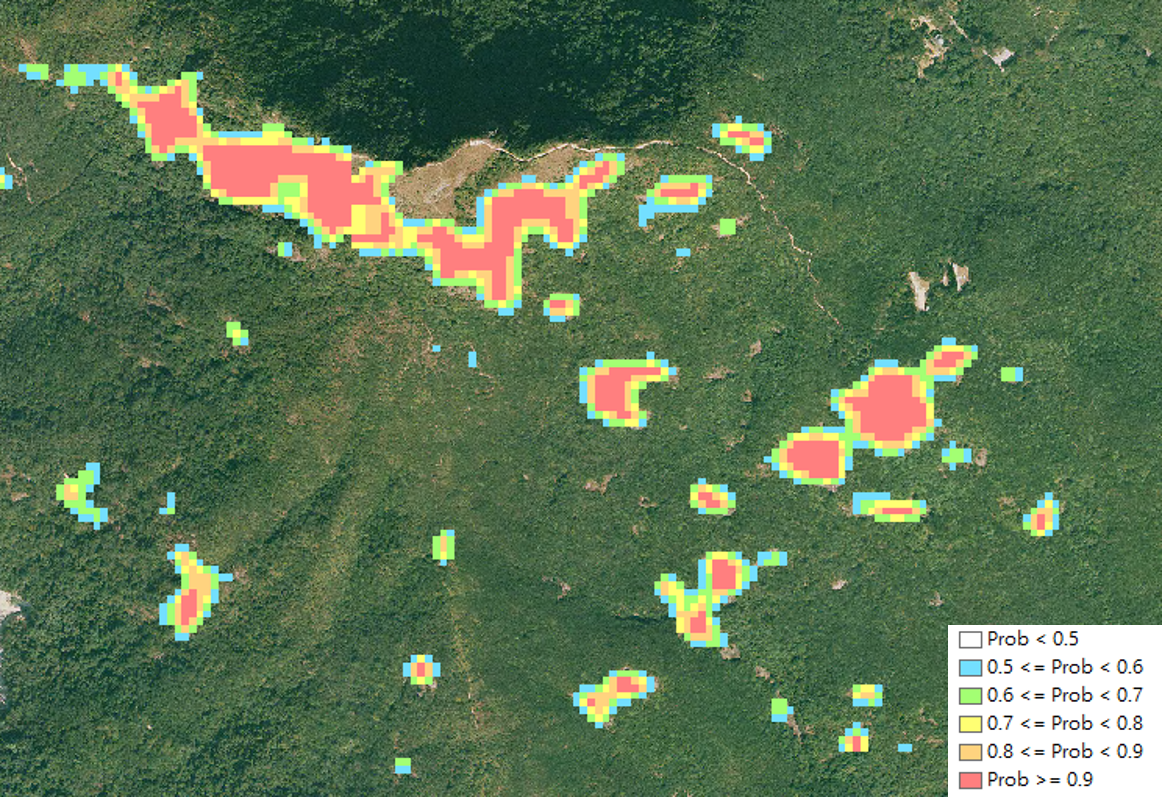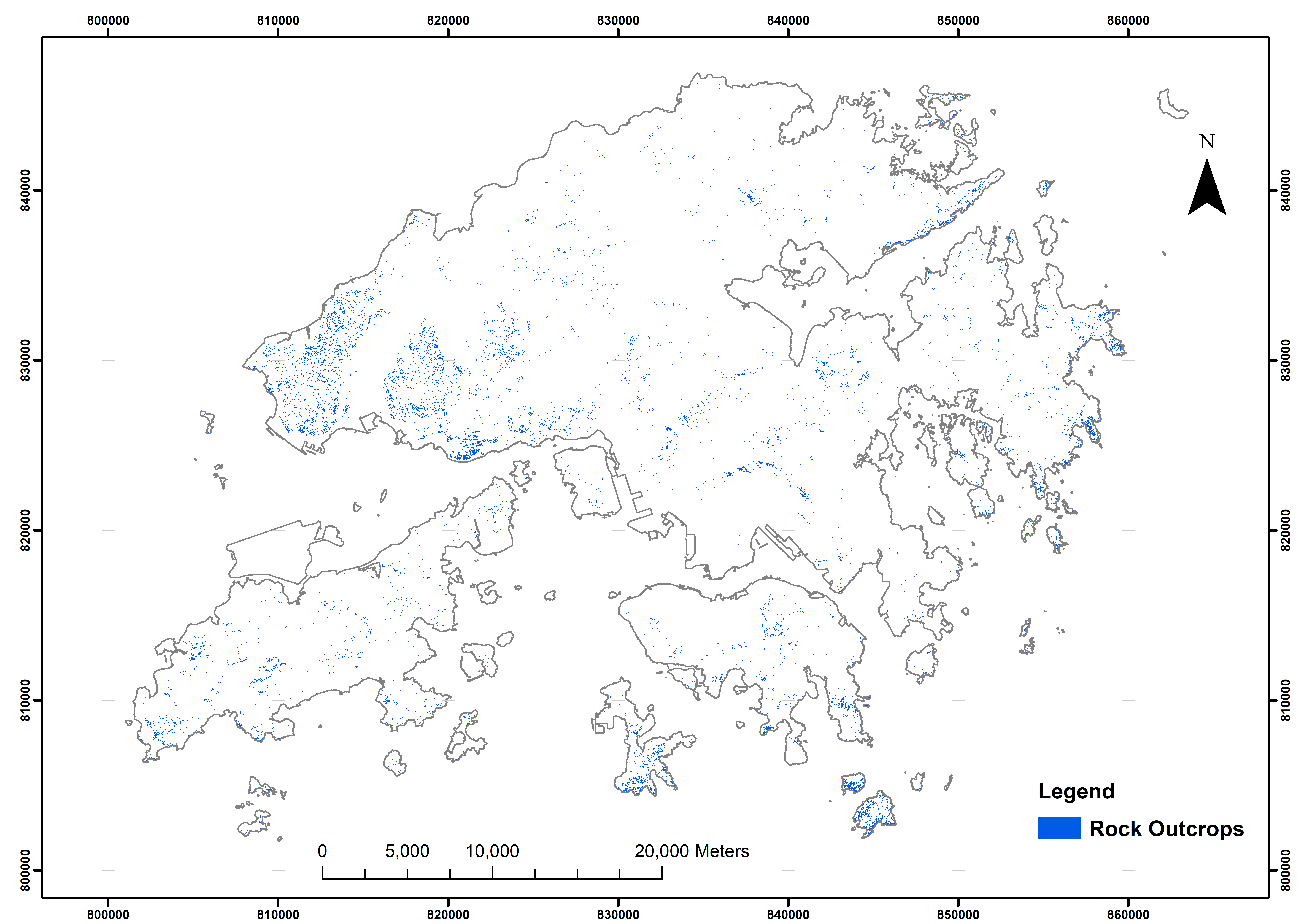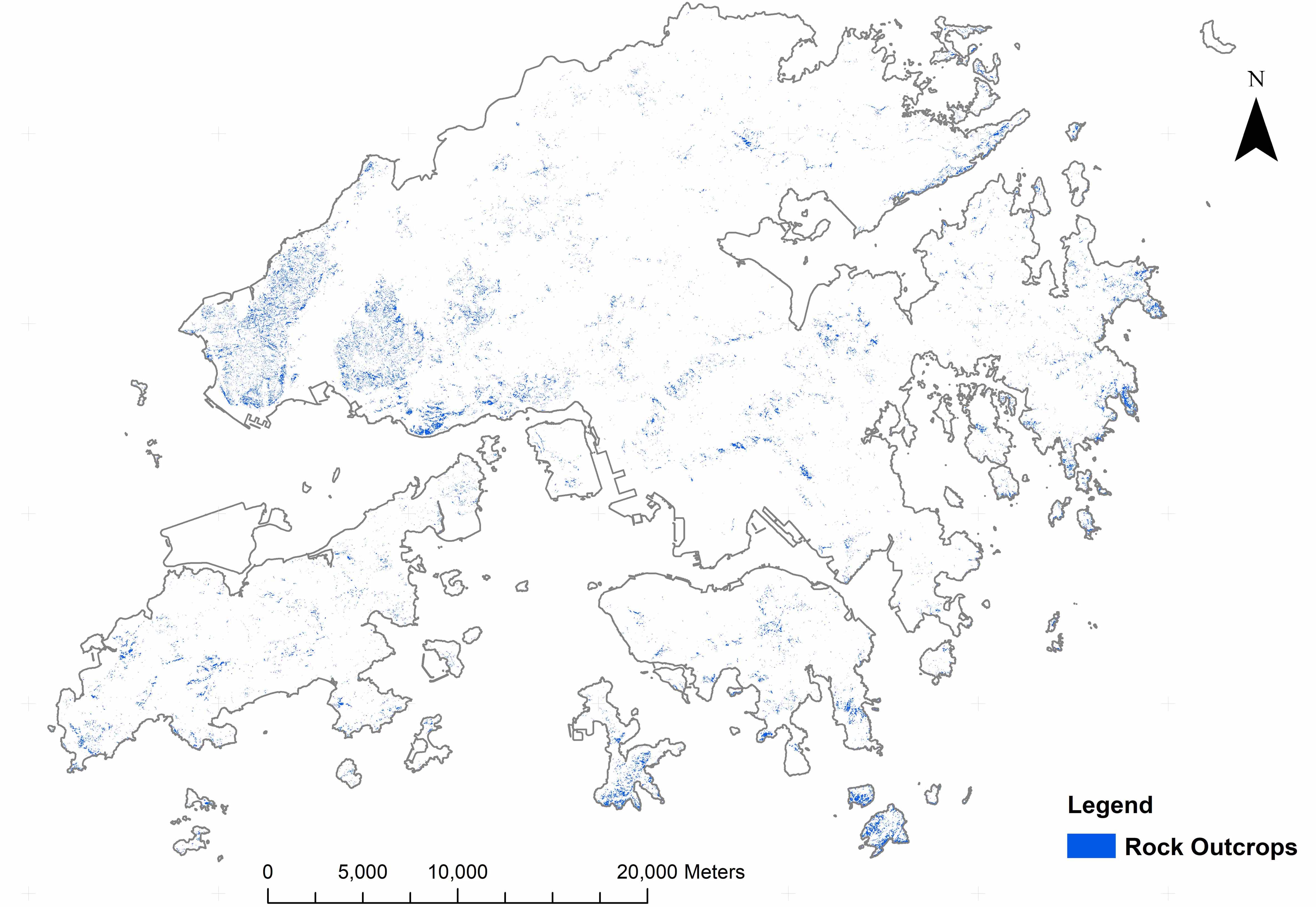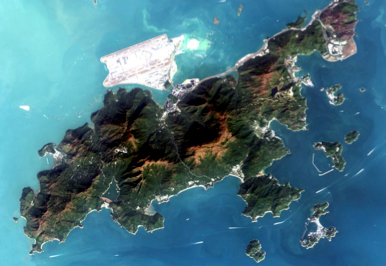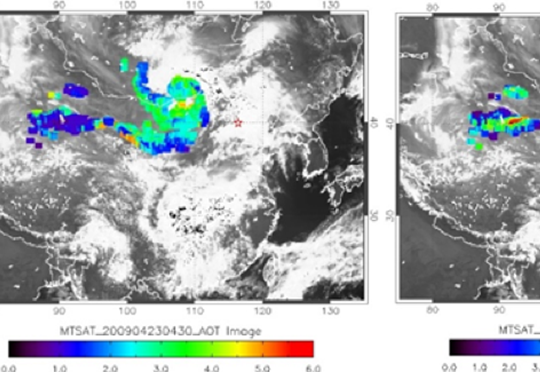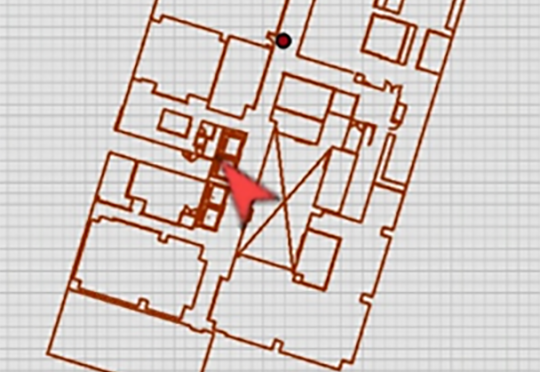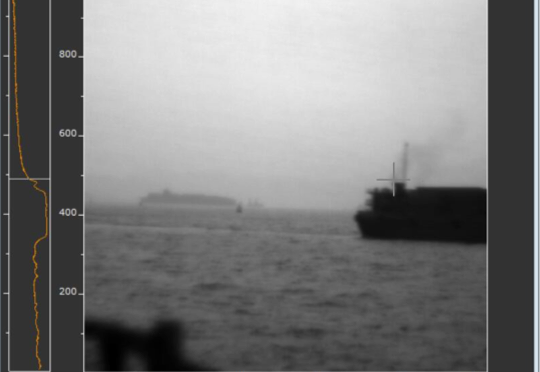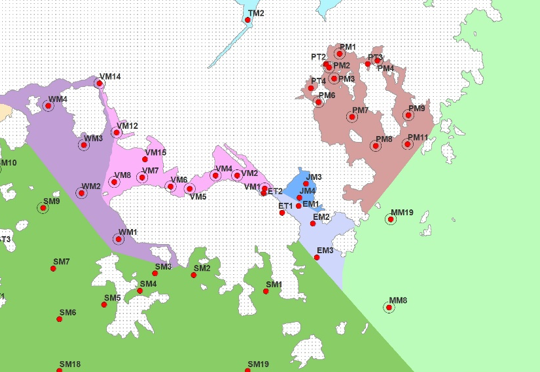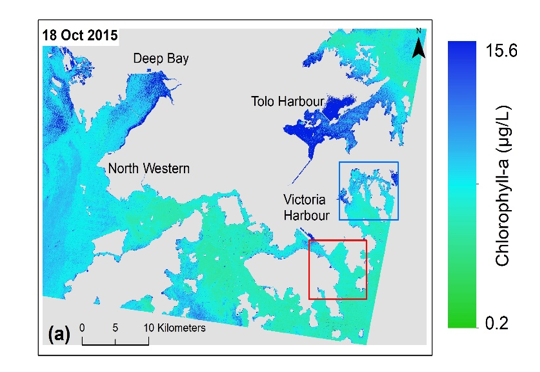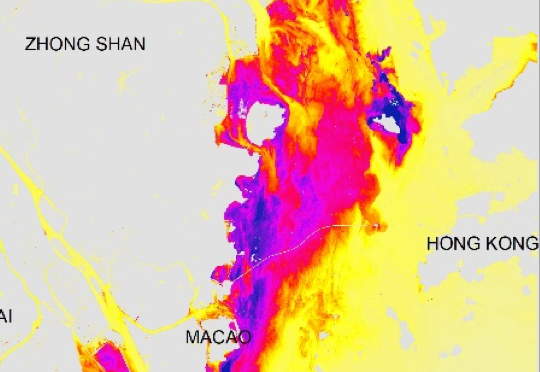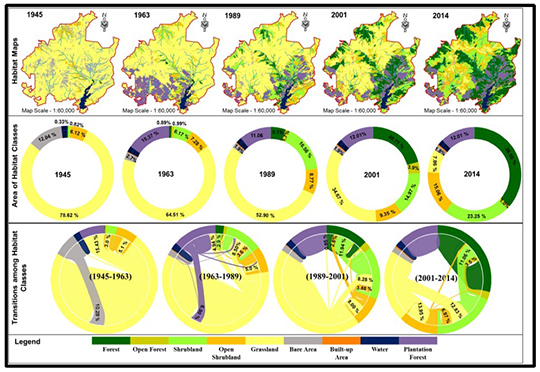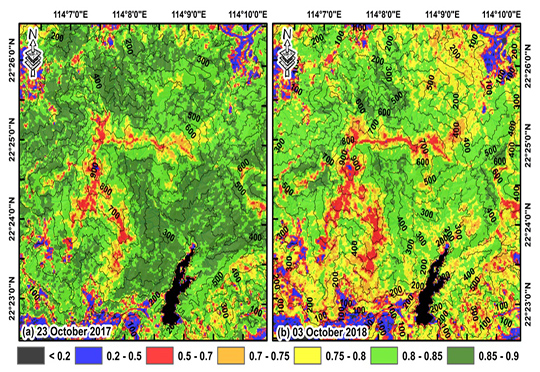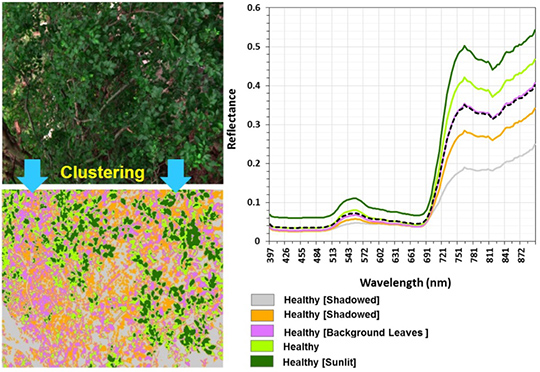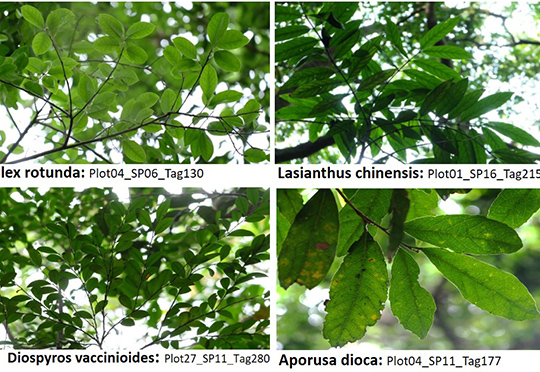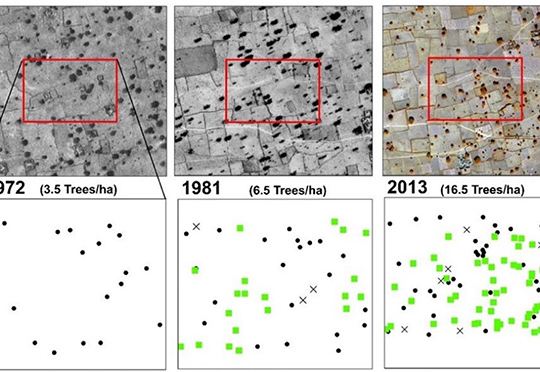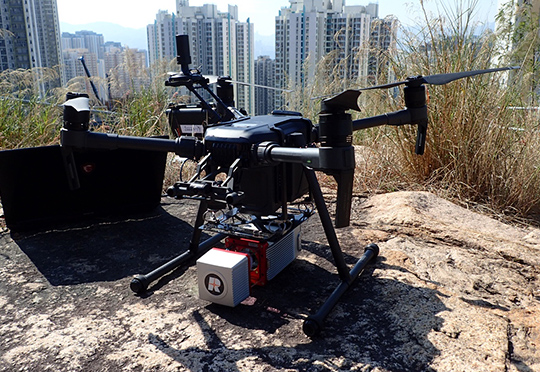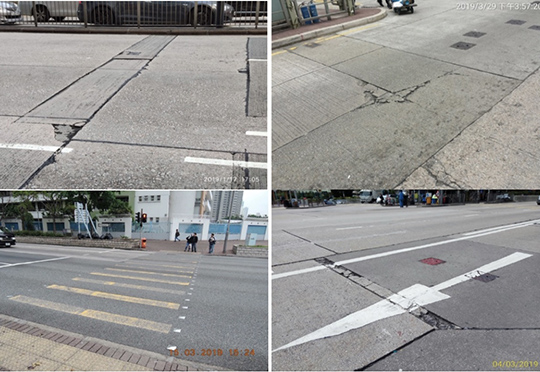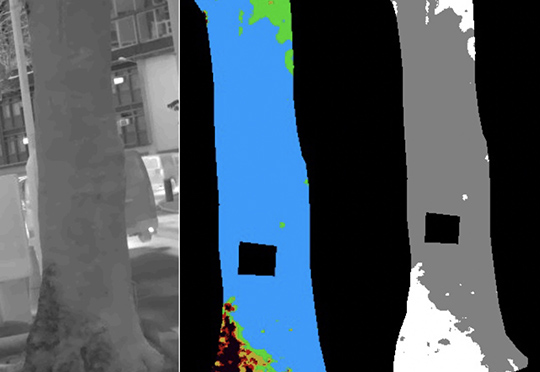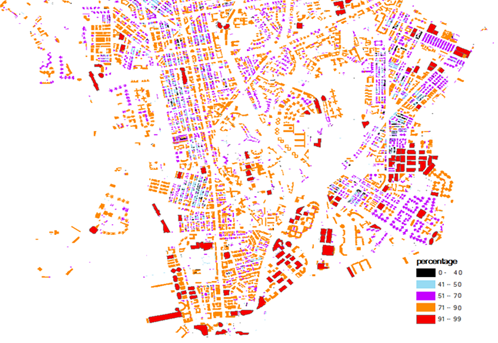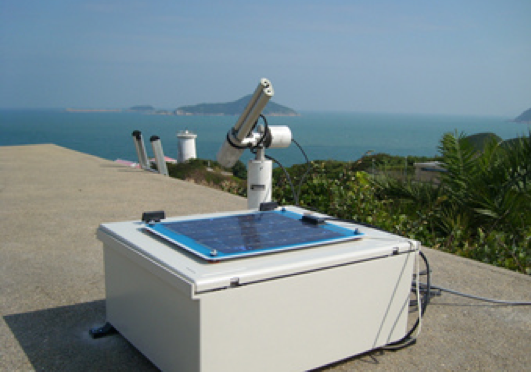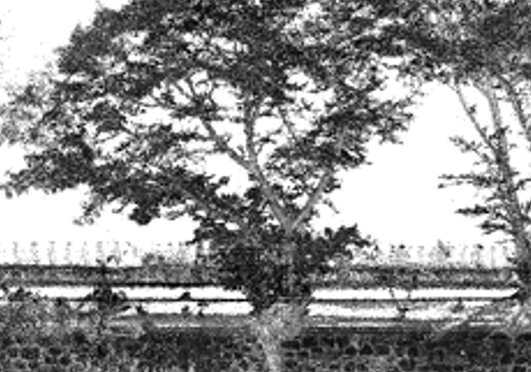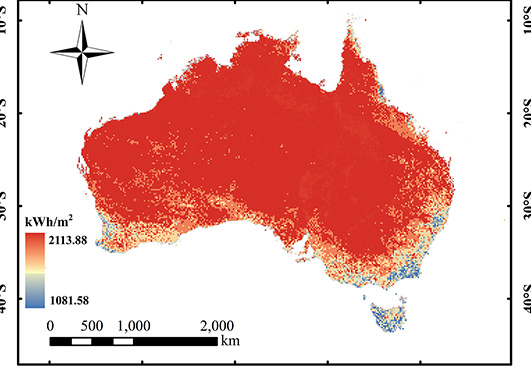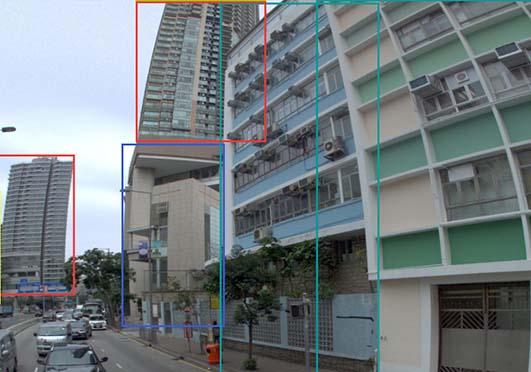-
Project Details
To map the extents of rock outcrops in Hong Kong, a methodology of combining Convolutional Neural Network (CNN) which is a deep learning approach and remote sensing technique was developed in this study. Convolutional Neural Network was trained and applied to the digital orthophotos with a high resolution of 0.2m to generate a primary probabilistic map of rock outcrops. The map was further improved by remote sensing technique on SPOT image and geospatial technology of LiDAR data. The proposed methodology considered the spatial pattern of images from CNN, the spectral signature from SPOT image as well as spatial data from LiDAR provide comprehensive analysis on the attributes of rock outcrops.
The rock outcrops were mapped in the natural terrain throughout the whole Hong Kong territories. The results from the proposed methodology were compared with the rock outcrops area mapped by engineering geologists using Aerial Photo Interpretation on the same sets of orthophotos for validation at three study areas, viz. Tin Wan and Mount High West on Hong Kong Island, and Castle Peak in the New Territories. Validation results show that a very high accuracy of over 94% with Kappa coefficient over 0.7 was achieved in natural terrain and moderately-high accuracy of 87% with Kappa coefficient of 0.64 was obtained in the badland area.
-
Acknowledgement
This consultancy project (“Services for Identification of Rock Outcrops Using Remote Sensing Techniques”) is funded by Civil Engineering and Development Department.
Identification of Rock Outcrops Using Remote Sensing Techniques
This study proposed an innovative methodology by combining the deep learning technique of Convolutional Neural Network and remote sensing techniques to leverage the balance between spatial resolution and spectral resolution for mapping rock outcrops. A rock outcrops map of the entire Hong Kong territories is produced from this study.
